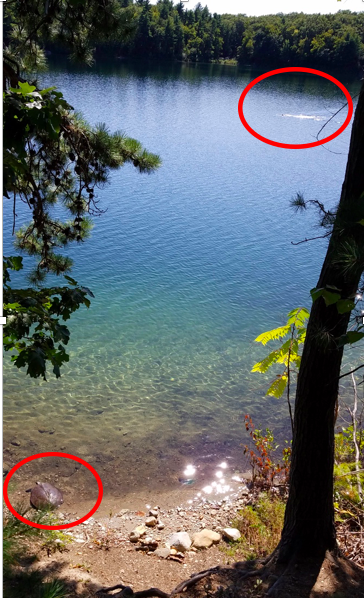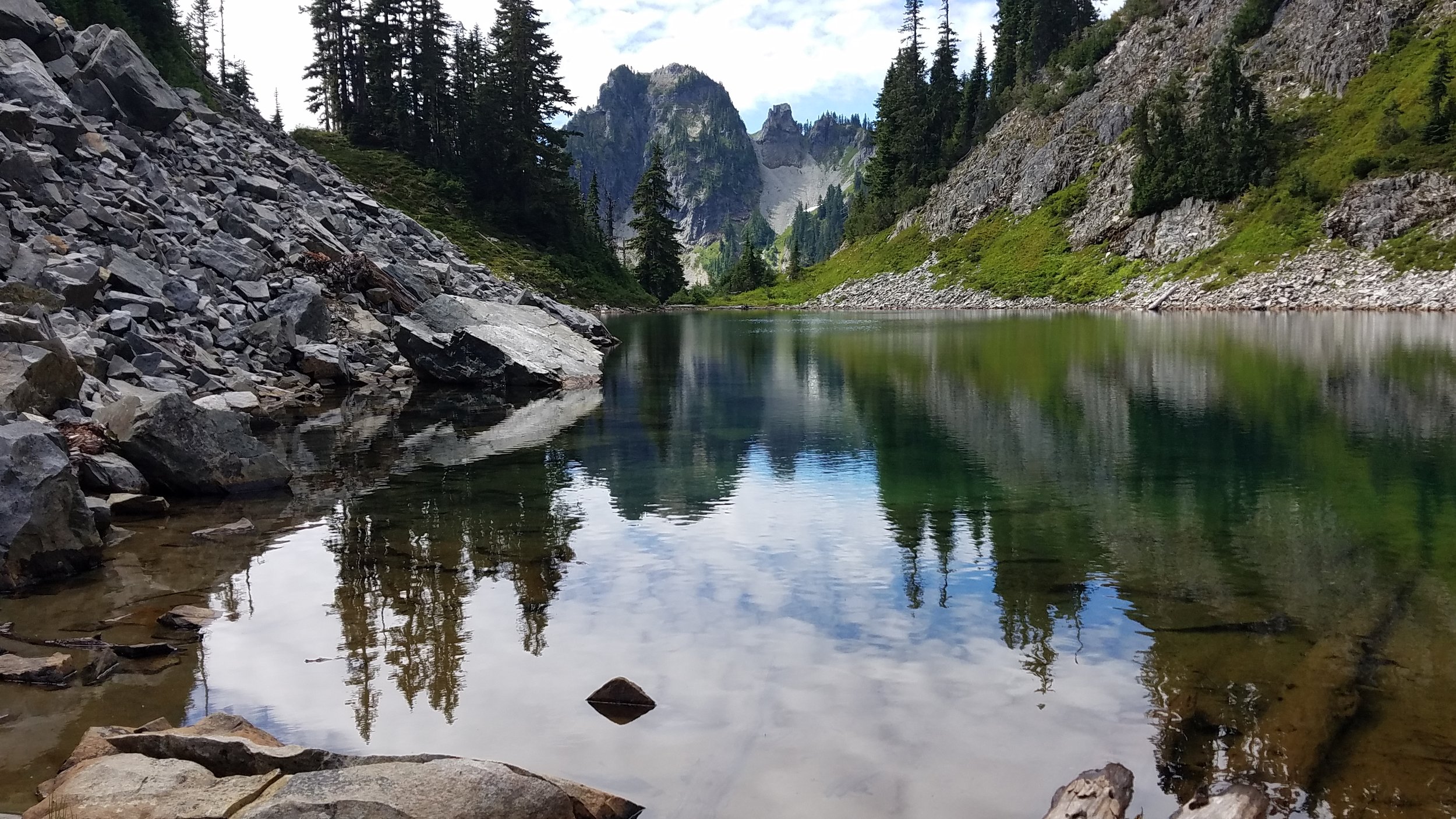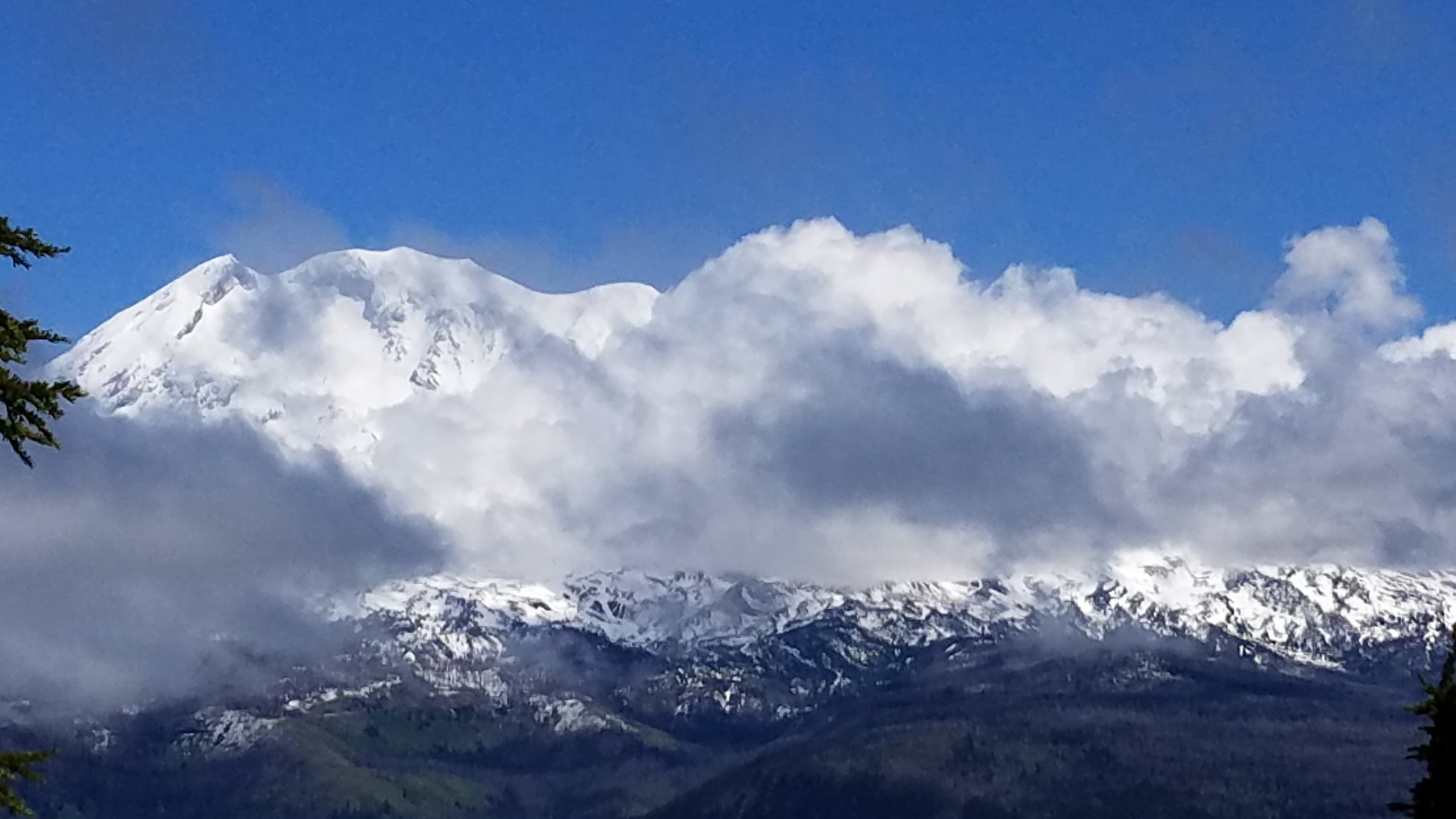December 3rd’s Board of Natural Resources meeting in Olympia, Washington, brought to an uneasy conclusion the development of the state’s conservation strategy for the endangered Marbled Murrelet. The meeting was appropriately long (5+ hours) and gripping thanks to a very engaged board, much public comment, and agreement that today’s vote was “historic” given the twenty-two years that have passed since the “interim” conservation strategy for the murrelet was put into place.
The upshot: Alternative H was approved in a 4-2 vote with Clallam County Commissioner Bill Peach and Jim Cahill (Senior Budget Assistant to Governor Inslee for Natural Resources) voting “nay” and the rest “yay.” For those of you following this issue, Alternative H was not the alternative preferred by the conservation coalition (Washington Forest Law Center, Washington Environmental Council, Defenders of Wildlife, Conservation Northwest, Olympic Forest Coalition, Seattle Audubon) and other murreleteers as it does not provide enough conservation benefit for marbled murrelets. Nor was Alternative H the preferred alternative of the timber industry and trust beneficiaries as it does not provide enough revenue and jobs. Alternative H, according to the DNR and US Fish and Wildlife Service, meets the requirements under the Endangered Species Act and also the DNR’s fiduciary responsibility to the trust beneficiaries. And, in striking the “right balance” between conservation and revenue generation, the DRN has made no one happy.
Commissioner Peach voted nay on Alt H because he stated his belief that it does not represent the best interests of the trust beneficiaries. He is concerned that the financial impacts to the junior taxing districts have not been clearly explained by the DNR to the board or members of the public. Peach moved to delay today’s vote until March 2020 but his motion was not seconded and so failed.
This fall, Audubon chapters and others in the conservation community also advocated for a delay in the vote (for different reasons) but it became clear later on that such a delay could open the door to involvement by the Department of Interior (via Rep. Jaime Herrera Beutler and Southwest Washington timber industry) and result in an alternative with less conservation value to murrelets.
Jim Cahill voted nay, he stated, because Governor Inslee requested he do so because of his gubenatorial concerns about changes in ocean conditions and what it has done to the marbled murrelet. (I think there is more behind this request, but I am not privy to Inslee’s insights on murrelet conservation issues).
Alternative H is definitely not the win-win everyone was hoping for but with DNR’s mutually exclusive (in my opinion) orders to protect marbled murrelets and log their nesting habitat, Alt H is meh-meh at best. The proof will be when the strategy gets played out on the ground—in the forestlands where murrelets nest.
The highlight of Tuesday’s meeting for me came toward the very end of the meeting when Board Member Chris Reykdal, Superintendent of Public Schools gave this impassioned 3-minute speech (recorded by TVW) about the future of Washington State and the funding of K-12 school construction from DNR timber sales.
The pith of Reykdal’s three minutes: “The $80-90 million that K-12 gets in school construction—we need to phase off that in time. This money has to go to counties. It has to go to the industries that are impacted by these decisions and ultimately to species preservation and habitat preservation.”
Indeed, de-linking school construction from timber harvest is long overdue and it would be a real victory if Reykdal could accomplish this through the state legislature rather than the U.S. Supreme Court (upon entering the Union, Congress mandated the newly formed Washington state use a portion of its natural resources generate revenue to fund schools, hospitals, reform institutions, and other social services; it did not, however, specify logging).
The seven years of board meetings have been largely civil and congenial, especially under the leadership of Public Lands Commissioner Hilary Franz. The board members expressed their gratitude to DNR staff and also to the members of the public who have been showing up at meetings over the past several years. I think they were sincere.
So, this wraps up a very long effort to craft a Long-Term Conservation Strategy for one very special bird and its extraordinary habitat. My thanks to you all for your attention to this complex and important issue. I have a hunch it’s not quite over yet since a large swath of the public audience at the board meetings these any years are lawyers.
My hope is that the murrelet will have the last word on this.
Listen here to its call: https://www.allaboutbirds.org/guide/Marbled_Murrelet/sounds


















